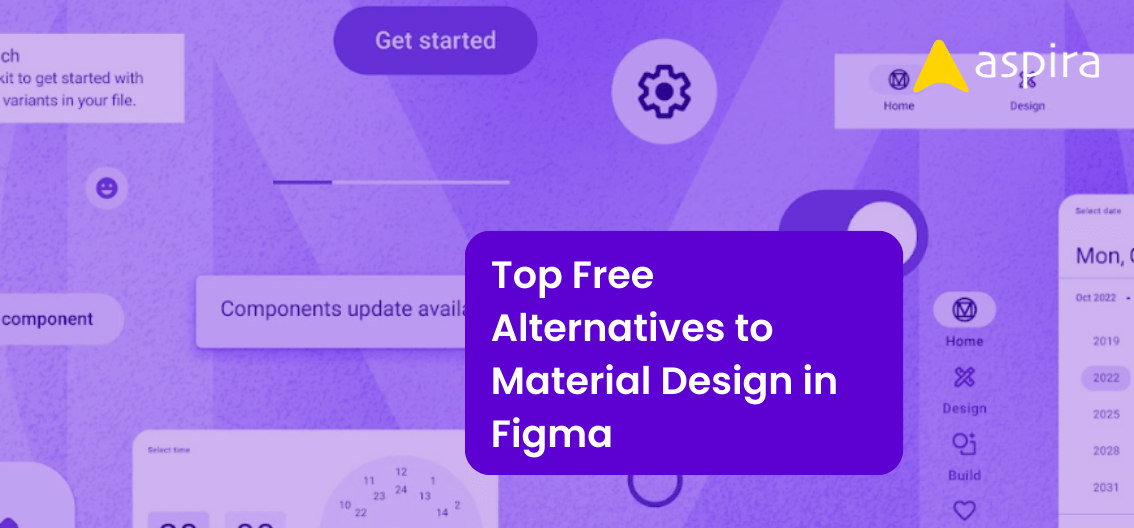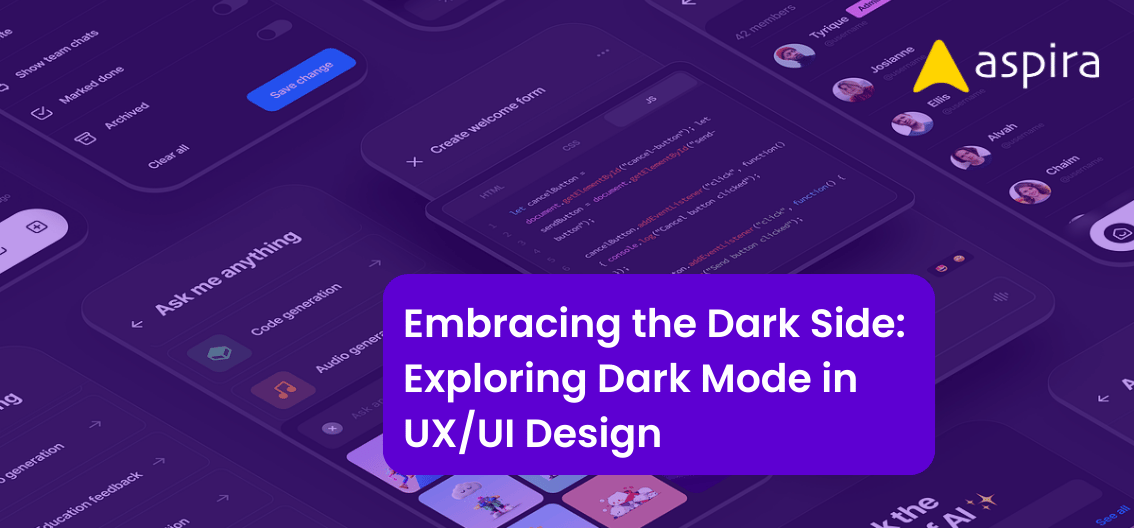UX Design - Mentor & Author.
24 Apr, 2024

Your UX designer bio acts as a lens through which clients or potential employers view your professional identity. Constructing a compelling bio is key to convincing them of your worth and distinctiveness as a UX designer. This article will delve into the art of writing a persuasive UX designer bio, illustrated by real-world examples at different career stages: Entry-Level, Mid-Level, and Senior.
Key Elements to Consider When Writing a UX Designer Bio
Highlight your unique skill set:
Example: I am a UX designer with a keen eye for detail, a passion for creating seamless user experiences, and a knack for visual storytelling. My background in graphic design and front-end development allows me to bridge the gap between design and functionality, resulting in intuitive and visually stunning interfaces.
Showcase your experience:
With over five years of experience in UX design, I have worked with clients ranging from startups to Fortune 500 companies. My portfolio includes projects in e-commerce, healthcare, and SaaS, where I have contributed to increased user engagement and conversion rates.
Demonstrate your problem-solving abilities:
Example: As a UX designer, I thrive on solving complex problems and creating innovative solutions. In a recent project for a fintech startup, I redesigned their mobile app to simplify the user onboarding process, resulting in a 30% increase in sign-up conversions.
Share your design philosophy:
Example: I believe in user-centered design, where every decision is made with the end-user in mind. I conduct thorough user research and usability testing to ensure that my designs meet the needs and expectations of the target audience.
Showcase your creativity:
Example: I am constantly exploring new design trends and experimenting with different tools and techniques. I believe in pushing the boundaries of conventional design to create memorable and impactful experiences.
UX Designer Bio Examples
Entry-Level UX Designer Bio Example:
Illustrative Bio:
As an entry-level UX designer, my journey started with a curiosity to understand user behavior. With a keen eye for detail, I’m passionate about creating immersive and intuitive digital experiences. My background in psychology gives me unique insight into understanding user needs. Currently, I’m honing my skills through projects focusing on usability testing and user research.
Mid-Level UX Designer Bio Example:
Illustrative Bio:
As a mid-level UX designer, I bring a diverse skill set and a proven track record of creating impactful user experiences. My background in graphic design and web development has instilled in me a meticulous approach to crafting visually appealing interfaces that prioritize user engagement. Through continuous learning and hands-on experience, I’ve cultivated expertise in user research, wireframing, and prototyping.
Senior UX Designer Bio Example:
Illustrative Bio:
With over a decade of experience, I am a seasoned senior UX designer known for my strategic approach to creating innovative and user-centric designs. My extensive portfolio spans multiple industries, showcasing my proficiency in understanding and exceeding user expectations. I excel at transforming complex problems into elegant solutions through user research and team leadership.
How to tailor your UX bio for different platforms
Resume:
Your resume is often the first point of contact between you and a potential employer. It’s essential to make a good impression with a well-crafted bio. Here’s how to optimize your resume bio:
- Be concise: Keep your bio short and to the point. Highlight your most relevant skills and experiences.
- Use keywords: Tailor your bio to include keywords relevant to the job you’re applying for. This will help you get noticed by recruiters and hiring managers.
- Include links: If you have a personal website or portfolio, include links to them in your bio. This will allow employers to see examples of your work.
- Customize for each job: Tailor your bio for each job you apply for. Highlight the skills and experiences that are most relevant to the job description.
LinkedIn:
LinkedIn is a powerful tool for networking and job hunting. Your bio on LinkedIn should be more detailed than your resume bio. Here’s how to optimize your LinkedIn bio:
- Be descriptive: Use your LinkedIn bio to tell a story about your career and your skills. Highlight your accomplishments and what sets you apart from other designers.
- Include a professional photo: Your LinkedIn profile photo is the first thing people see when they visit your profile. Make sure it’s professional and reflects your personal brand.
- Use bullet points: Use bullet points to break up your bio and make it easier to read. Highlight your key skills and experiences.
- Include recommendations: Ask former colleagues and managers to write recommendations for you on LinkedIn. These recommendations will add credibility to your bio.
Personal Website or Portfolio:
Your personal website or portfolio is your chance to showcase your work in a visually appealing way. Here’s how to optimize your bio for your personal website or Portfolio:
- Include a bio section: Create a dedicated bio section on your website or portfolio. Use this section to tell a story about yourself and your work.
- Use visuals: Use images and videos to showcase your work. This will make your bio more engaging and memorable.
- Keep it updated: Make sure your bio is up to date. Update it regularly with new projects and experiences.
Conclusion
Crafting a compelling UX designer bio is essential to your professional success. By implementing the suggestions above, you can enhance your chances of securing a new role or client engagement. It’s also important to regularly update your bio to reflect your latest experiences and achievements. Remember, your bio reflects your professional identity, making a lasting impression on employers and clients.


